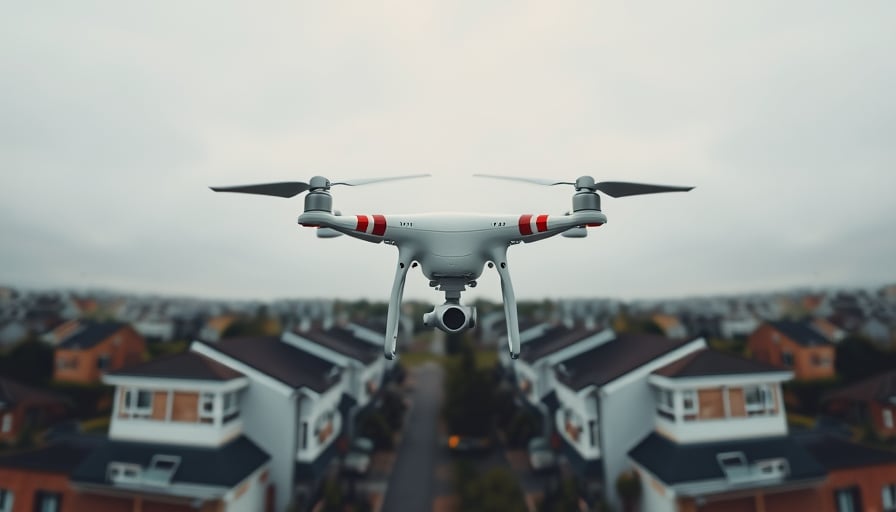Honeywell International Inc. Navigates Strategic Shift Amid Market Turbulence
The day after a sharp decline in share price, Honeywell International Inc. (NASDAQ: HON) announced a decisive leadership change that signals the company’s commitment to a high‑growth aerospace focus. The appointment of Jim Currier as President and CEO of the soon‑to‑be independent Honeywell Aerospace unit coincides with the broader spinoff strategy that is expected to complete in the second half of 2026.
Leadership Realignment
Jim Currier, who has overseen Honeywell’s aerospace business for several years, has been named the chief executive of the new entity. Currier’s tenure has been marked by a deep understanding of Honeywell’s aeronautics technology portfolio, which includes avionics, propulsion systems, and advanced materials. By placing an experienced insider at the helm, Honeywell ensures continuity while positioning the spun‑off company to attract dedicated capital and market attention.
Market Reaction and Share Price Context
Honeywell’s stock fell 1.92 % on November 3, 2025, reflecting broader market volatility and investor concerns about the spinoff’s timing. The share closed at $197.77 on November 2, 2025, well below the 52‑week low of $169.05 but still approaching the recent high of $228.81. The price‑earnings ratio stands at 18.70, indicating that investors are pricing in moderate earnings growth despite the current headwinds.
Strategic Rationale for the Spinoff
Honeywell’s industrial conglomerate model has historically blended aerospace, building technologies, chemicals, and process solutions. The decision to carve out the aerospace division into a standalone entity serves several strategic objectives:
- Capital Allocation – By unlocking the aerospace business’s standalone valuation, Honeywell can pursue targeted investments and acquisitions without diluting shareholder value across the conglomerate.
- Focused Growth – The aerospace sector is experiencing robust demand for advanced avionics, digital twins, and sustainability‑oriented propulsion. An independent company can pursue aggressive R&D and market expansion with a dedicated governance structure.
- Investor Clarity – Separating the high‑margin aerospace arm from the lower‑margin industrial segments clarifies earnings drivers and allows investors to make more informed allocation decisions.
Outlook for Honeywell Aerospace
The new company, tentatively named Honeywell Aerospace, is slated for an IPO later in 2026. Analysts project that the aerospace unit will contribute significantly to the parent’s earnings, with a projected compound annual growth rate (CAGR) of 8‑10 % over the next decade, driven by increasing orders for commercial airframes and defense platforms. Currier’s proven track record in scaling aerospace operations bodes well for meeting these targets.
Concurrent Corporate Activities
While the spinoff dominates the headline, other developments in Honeywell’s ecosystem hint at broader strategic repositioning. Former CEO David Cote’s venture, CompoSecure, is pursuing a $5 billion acquisition of Husky Technologies, a manufacturer of injection‑molding machines. This move underscores a continued emphasis on manufacturing excellence and supply‑chain optimization—skills that will feed into Honeywell’s aerospace initiatives.
Market Implications
The market’s short‑term reaction underscores the inherent risk of corporate restructuring. However, the long‑term value proposition—an independent, high‑growth aerospace entity with a seasoned leader—aligns with investor appetite for specialized, technology‑driven businesses. As the industry pivots toward electrification and digital transformation, Honeywell Aerospace is positioned to capitalize on emerging opportunities while benefiting from the parent company’s global reach and financial robustness.
In conclusion, Honeywell’s strategic realignment through the leadership of Jim Currier and the planned spinoff represents a calculated bet on the resilience and growth potential of the aerospace sector. While short‑term volatility persists, the structural changes lay a foundation for sustained value creation in the years ahead.
